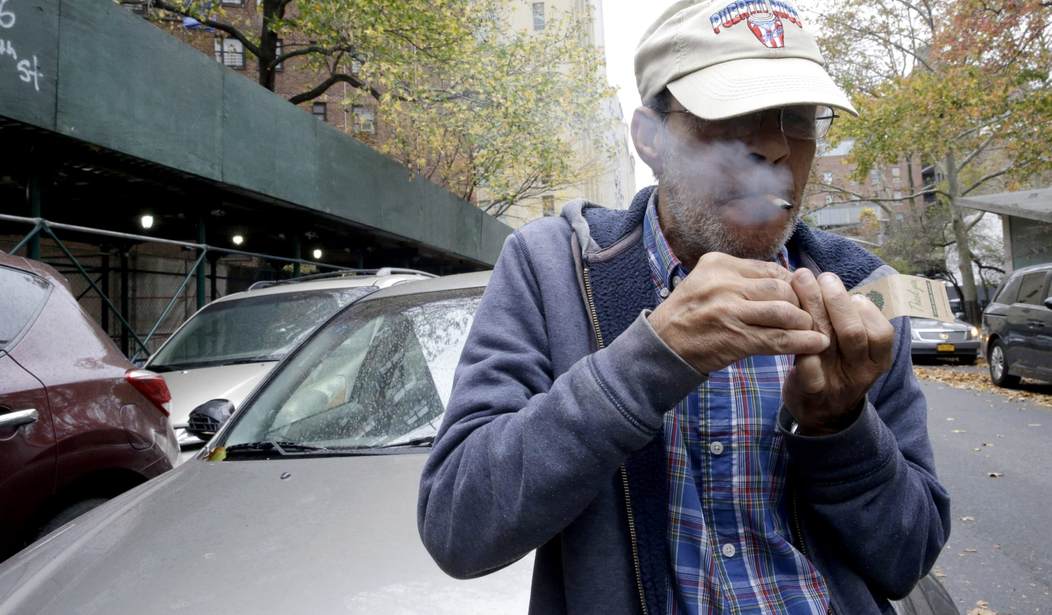WASHINGTON — Housing and Urban Development is going to snuff out ciggies within 18 months inside all public housing units and within 25 feet of the entrance to any unit.
More than 228,000 public housing units are already smoke-free, according to HUD, and the new rule expand the mandatory ban on smoking to more than 940,000 units.
More than half a million of the units affected by the new rule house elderly residents or people with disabilities. About 760,000 children live in public housing.
“Such a policy is expected to improve indoor air quality in public housing; benefit the health of public housing residents, visitors, and PHA staff; reduce the risk of catastrophic fires; and lower overall maintenance costs,” says the HUD rule.
Public housing authorities “may, but are not required to, further restrict smoking to outdoor dedicated smoking areas outside the restricted areas, create additional restricted areas in which smoking is prohibited (e.g., near a playground), or, alternatively, make their entire grounds smoke-free.”
“PHAs are required to document their smoke-free policies in their PHA plans, a process that requires resident engagement and public meetings. The proscription on the use of prohibited tobacco products must also be included in a tenant’s lease, which may be done either through an amendment process or as tenants renew their leases annually.”
The costs of implementation, about $30.2 million the first year, are expected to include “training, administrative, legal, and enforcement costs.”
Time savings are expected when staff no longer have to spend hours “mediating disputes among residents over secondhand smoke infiltration within living units.”
HUD Secretary Julián Castro called the smoke-free rule “a reflection of our commitment to using housing as a platform to create healthy communities.”
“By working collaboratively with public housing agencies, HUD’s rule will create healthier homes for all of our families and prevent devastating and costly smoking-related fires,” Castro said.
The Centers for Disease Control and Prevention (CDC) estimated that the new policy will save public housing agencies $43 million each year repairing smoking units and $16 million in smoking-related fire losses. An additional $94 million would be saved each year, the CDC said, in secondhand smoke-related healthcare.
HUD said they arrived at the final rule after “input from more than 1,000 comments from PHAs, housing and health partners, and tenant advocates.”









Join the conversation as a VIP Member